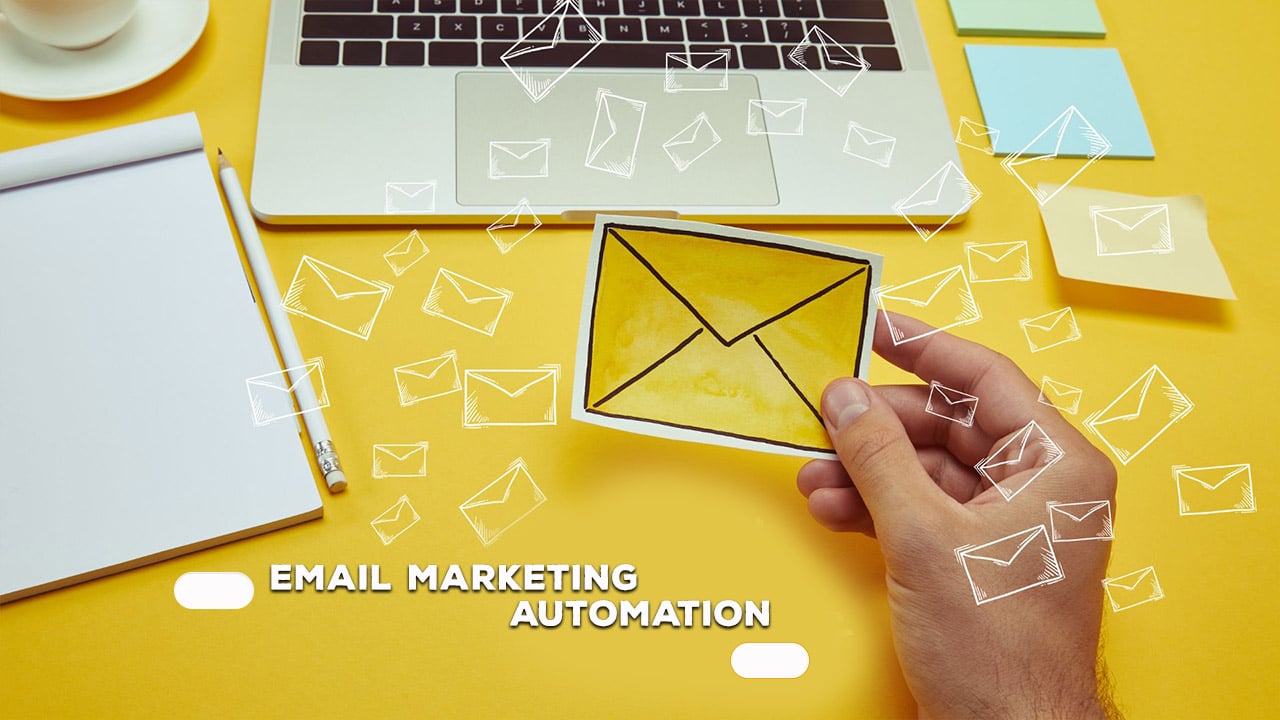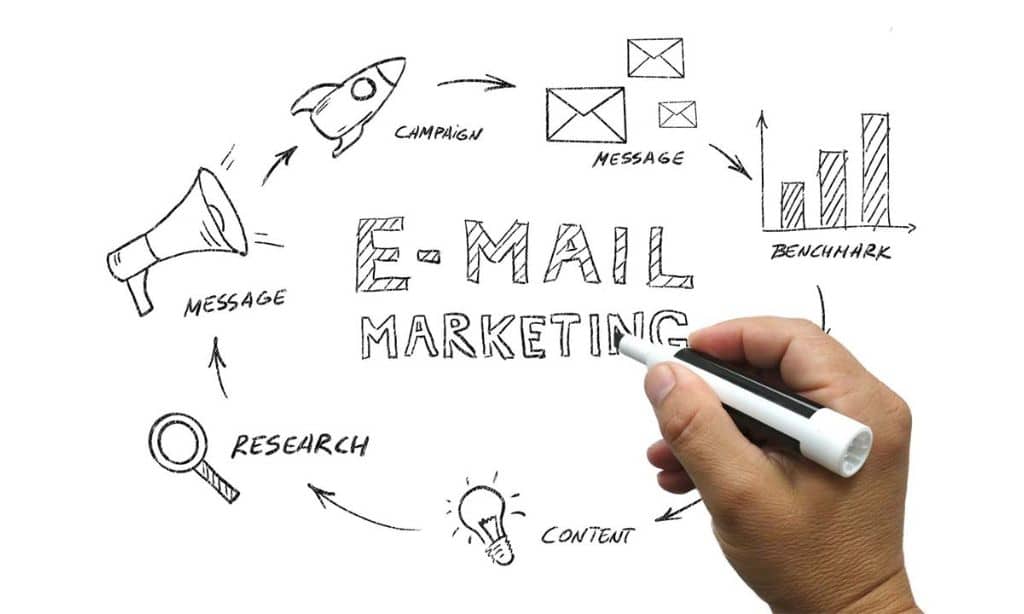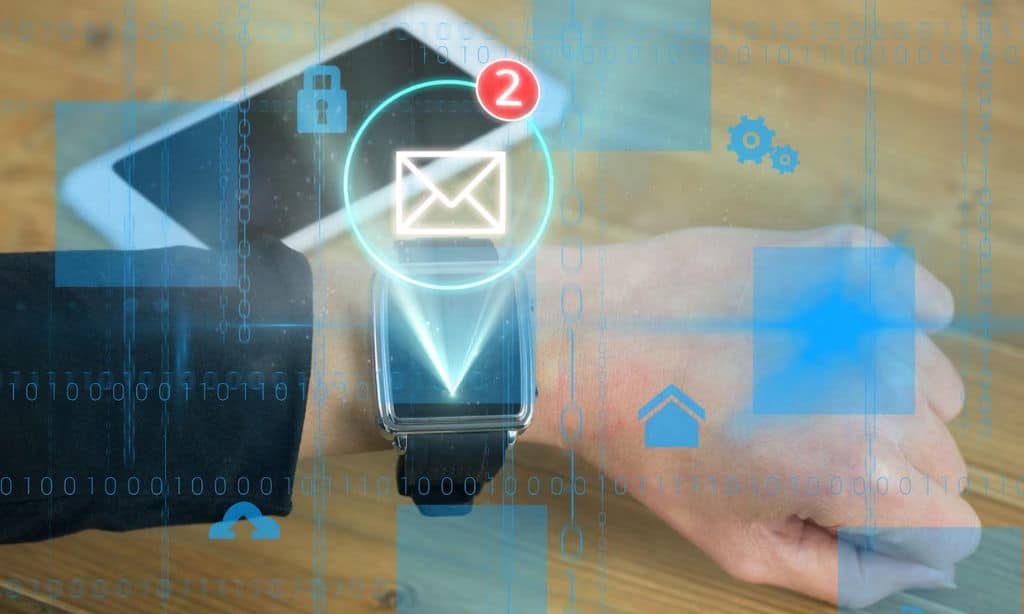Email marketing remains a powerful tool for businesses to connect with their audience, drive engagement, and boost sales. As technology advances, email marketing automation has become an essential strategy for companies looking to streamline their marketing efforts and improve results.
This article will explore the world of email marketing automation, providing valuable tips, clever tricks, and a rundown of the best tools for email marketing automation.
What is Email Marketing Automation?
Before diving into the specifics, it’s crucial to understand what email marketing automation entails and why it’s so powerful for modern marketers:
Email marketing automation refers to the use of software and technology to create, schedule, and send targeted email campaigns automatically based on specific triggers, user behaviors, or predefined schedules. This approach goes beyond simple autoresponders, allowing marketers to craft complex, multi-step email sequences that adapt to each subscriber’s actions and preferences.
Key benefits of email marketing automation include:
- Time savings: Automate repetitive tasks and focus on strategy
- Improved targeting: Send more relevant content to each subscriber
- Increased engagement: Reach subscribers at the right moment with the right message
- Better conversion rates: Guide leads through the sales funnel more effectively
- Scalability: Grow your email marketing efforts without proportionally increasing workload
Tips for Effective Email Marketing Automation
To make the most of email marketing automation, it’s important to start with a strong foundation. These essential tips will help you set up and run effective automated campaigns:
- Build a Quality Email List: A high-quality email list is the cornerstone of successful email marketing. Here’s how to build and maintain a list that drives results:
- Implement double opt-in to ensure subscriber intent and improve list quality
- Create compelling lead magnets (e.g., ebooks, webinars, templates) to incentivize sign-ups
- Use exit-intent popups to capture visitors before they leave your site
- Leverage social media to promote your email list
- Host contests or giveaways that require email submission to enter
- Segment Your Audience: Segmentation allows you to send more relevant, targeted emails. Here are some effective ways to segment your audience:
- Demographic segmentation: Age, gender, location, job title
- Behavioral segmentation: Past purchases, website interactions, email engagement
- Psychographic segmentation: Interests, values, lifestyle
- Customer lifecycle stage: New subscriber, loyal customer, at-risk of churn
- Use progressive profiling to gather more data over time without overwhelming new subscribers
- Create Compelling Subject Lines: Your subject line is your first (and sometimes only) chance to grab a subscriber’s attention. Here’s how to craft subject lines that get opens:
- Aim for 40 characters or less to ensure full visibility on mobile devices
- Use power words like “exclusive,” “limited time,” or “breaking” to create urgency
- Personalize with the recipient’s name or location when appropriate
- Ask questions to pique curiosity
- Use numbers or lists (e.g., “5 Ways to Boost Your Email Open Rates”)
- A/B test different subject lines to identify what resonates with your audience
- Personalize Your Emails: Personalization goes beyond just using a subscriber’s name. Here are some ways to create truly personalized email experiences:
- Use dynamic content blocks that change based on subscriber data
- Recommend products based on past purchases or browsing history
- Segment your list and create targeted content for each group
- Use personalization tokens beyond just first name (e.g., company name, last purchase date)
- Craft emails that speak to the subscriber’s specific pain points or interests
- Optimize Send Times: Timing can significantly impact the success of your emails. Here’s how to find the best send times for your audience:
- Analyze your audience’s behavior to determine when they’re most likely to engage
- Consider time zones when sending to a global audience
- Use your email marketing tool’s send time optimization feature if available
- Test different days of the week and times of day
- Consider the nature of your content when choosing send times (e.g., B2B emails might perform better during business hours)
- Craft Engaging Email Content: The content of your emails is what keeps subscribers interested and encourages them to take action. Here’s how to create compelling email content:
- Write clear, concise, and benefit-focused copy
- Use a conversational tone that aligns with your brand voice
- Include visually appealing images or graphics that support your message
- Break up text with subheadings, bullet points, and short paragraphs for easy scanning
- Incorporate social proof like testimonials or user-generated content
- End with a strong, clear call-to-action (CTA) that stands out
- Implement Lifecycle Marketing: Lifecycle marketing involves sending different types of emails based on where a subscriber is in their customer journey. Here’s how to effectively implement lifecycle marketing:
- Create a welcome series for new subscribers to introduce your brand and offerings
- Develop nurture campaigns to educate leads and move them towards a purchase
- Set up post-purchase sequences to encourage repeat business and gather feedback
- Design win-back campaigns for inactive subscribers
- Create loyalty programs and VIP offers for your most engaged customers
- Use predictive analytics to anticipate and meet customer needs at each stage
- Integrate with Other Marketing Channels: Email marketing doesn’t exist in a vacuum. Integrating it with your other marketing efforts can amplify your results. Here’s how to effectively integrate email with other channels:
- Sync your email list with your social media audiences for retargeting
- Use email to promote your social media content and vice versa
- Coordinate email campaigns with your content marketing calendar
- Integrate your email marketing platform with your CRM for better data management
- Use QR codes in print materials to grow your email list
- Ensure consistent messaging across all channels for a cohesive brand experience
Advanced Tricks to Email Marketing Automation
Once you’ve mastered the basics, these advanced techniques can take your email marketing automation to the next level:
- Use Behavioral Triggers: Behavioral triggers allow you to send highly relevant emails based on specific actions. Here are some effective triggers to implement:
- Welcome series: Create a sequence of emails to introduce new subscribers to your brand
- Abandoned cart reminders: Send automated emails to remind shoppers of items left in their cart
- Browse abandonment: Trigger emails when a subscriber views a product but doesn’t purchase
- Post-purchase follow-ups: Send thank you emails, request reviews, or offer complementary products
- Milestone emails: Celebrate subscriber anniversaries or birthdays with special offers
- Implement Dynamic Content: Dynamic content adapts your email content based on subscriber data. Here’s how to use it effectively:
- Use real-time data to display up-to-date information (e.g., live inventory levels)
- Show different product recommendations based on past purchases or browsing history
- Adjust email content based on the subscriber’s location (e.g., promoting winter coats to cold climate subscribers)
- Use countdown timers to create urgency for limited-time offers
- Implement weather-based content that changes depending on the recipient’s local forecast
- A/B Test Your Emails: Continuous testing is key to improving your email performance. Here’s what you should be testing:
- Test subject lines to improve open rates
- Experiment with different email designs and layouts
- Try various calls-to-action (CTAs) to see which drives more clicks
- Test the length and tone of your email copy
- Experiment with different types of personalization
- Always test one element at a time for clear results
- Create Re-engagement Campaigns: Re-engagement campaigns can help you win back inactive subscribers. Here’s how to create effective re-engagement campaigns:
- Identify subscribers who haven’t opened or clicked in a specific time frame (e.g., 3-6 months)
- Send a series of targeted emails to win back their attention
- Offer exclusive “we want you back” promotions
- Ask for feedback on why they’re not engaging
- If re-engagement fails, consider removing them from your list to maintain good deliverability
Best Practices for Email Marketing Automation
Following these best practices will help ensure your email marketing automation efforts are effective, compliant, and professional:
- Ensure Deliverability: High deliverability rates are crucial for the success of your email campaigns. Here’s how to improve your email deliverability:
- Implement authentication protocols: SPF (Sender Policy Framework), DKIM (DomainKeys Identified Mail), and DMARC (Domain-based Message Authentication, Reporting & Conformance)
- Regularly clean your email list by removing hard bounces and unengaged subscribers
- Monitor your sender reputation using tools like SenderScore or Google Postmaster Tools
- Use a dedicated IP address if you’re sending high volumes of email
- Avoid using URL shorteners in your emails, as they can trigger spam filters
- Optimize for Mobile: With the majority of emails now opened on mobile devices, mobile optimization is crucial. Here’s how to ensure your emails look great on all devices:
- Use responsive design to ensure your emails look good on all devices
- Keep subject lines under 40 characters for full visibility on mobile screens
- Use a single-column layout for easy mobile reading
- Make CTAs large and easy to tap with a finger (minimum 44×44 pixels)
- Test your emails on various devices and email clients before sending
- Follow Email Regulations: Compliance with email marketing laws is essential. Here’s what you need to know:
- Familiarize yourself with laws like GDPR, CAN-SPAM, and CASL
- Always get explicit consent before adding someone to your email list
- Include a clear and easy unsubscribe option in every email
- Clearly identify your business and include your physical address in each email
- Honor unsubscribe requests promptly (within 10 business days in the US)
- Maintain Brand Consistency: Consistent branding helps build trust and recognition. Here’s how to maintain brand consistency in your emails:
- Develop a consistent visual style across all your emails (colors, fonts, imagery)
- Create a recognizable ‘from’ name and email address
- Align your email voice and tone with your overall brand personality
- Ensure your email content complements your other marketing channels
- Use email templates to maintain consistency across different types of communications
Best Email Marketing Automation Tools
Choosing the right email marketing automation tool is crucial for your success. Here’s what to consider when selecting a tool:
- Your business size and growth projections
- Your technical skills and available resources
- Your budget and expected ROI
- The specific features you need (e.g., e-commerce integration, CRM, landing pages)
- The level of customer support and educational resources provided
- Integration capabilities with your existing tech stack
Setting Up Your First Automated Email Campaign
Ready to put your knowledge into action? Here’s a step-by-step guide to setting up your first automated email campaign:
- Choose your goal:
- Define a clear objective (e.g., welcome new subscribers, nurture leads, recover abandoned carts)
- Set measurable KPIs to track success
- Select your audience segment:
- Identify the specific group of subscribers who will receive this campaign
- Ensure you have enough data to personalize the content effectively
- Create your email content:
- Craft compelling copy that aligns with your goal and resonates with the selected segment
- Design visually appealing emails that reflect your brand identity
- Include clear and prominent calls-to-action
- Set up your automation triggers and flow:
- Define the actions or conditions that will trigger the email sequence
- Map out the entire customer journey, including alternative paths based on subscriber actions
- Test your campaign thoroughly before launching:
- Send test emails to yourself and colleagues
- Check for rendering issues across different email clients and devices
- Verify that all links and personalization elements work correctly
- Monitor results and adjust as needed:
- Regularly review your campaign performance
- A/B test different elements to optimize results
- Be prepared to make adjustments based on subscriber feedback and engagement metrics
Measuring Success
To improve your email marketing automation efforts, you need to track the right metrics. Here are the key metrics to monitor and how to use them:
Track these key metrics
- Open rate: The percentage of recipients who open your email
- Click-through rate (CTR): The percentage of recipients who click on a link in your email
- Conversion rate: The percentage of recipients who complete the desired action (e.g., make a purchase, fill out a form)
- Unsubscribe rate: The percentage of recipients who opt out of your email list
- Revenue per email: The average amount of revenue generated by each email sent
- List growth rate: The rate at which your email list is growing
- Bouncerate: The percentage of emails that couldn’t be delivered
- Forwarding/sharing rate: The percentage of recipients who share your email with others
Use these numbers to
- Identify areas for improvement in your campaigns
- Understand which types of content resonate most with your audience
- Justify your email marketing budget to stakeholders
- Refine your segmentation and personalization strategies
- Optimize your send times and frequencies
Takeaways
Email marketing automation is a powerful tool that can significantly boost your marketing efforts when used effectively. By implementing the tips and tricks outlined in this guide, and choosing the right tools for your needs, you can create highly targeted, engaging email campaigns that drive real results for your business.
Remember to always put your subscribers’ needs first, continuously test and optimize your campaigns, and stay up-to-date with the latest trends and best practices in email marketing. With persistence and creativity, you can build an email marketing automation strategy that not only engages your audience but also drives meaningful business growth.








































